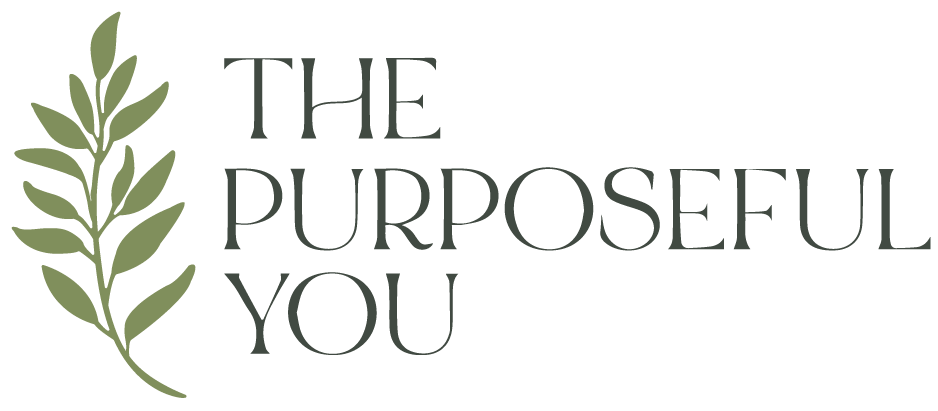How to Grow Swiss Chard: A Beginner’s Guide
If you're looking for a vibrant, versatile, easy-to-grow vegetable for your garden, Swiss chard is a must grow! With its rainbow-coloured stems and leafy greens, chard is not only beautiful in the garden but also packed with nutrients for your plate. This leafy green is a great choice for spring, summer, and even fall gardens. I’ll dive into how I eat and use Swiss chard in the kitchen too!
Why Grow Swiss Chard?
Swiss chard offers a lot for a little effort! Here are a few reasons why you should add Swiss chard to your garden this season:
High Yields: One planting can provide months of harvest!
Cold and Heat Tolerant: It grows well in both cool spring temps and summer heat, making it super versatile across various seasons.
Cut-and-Come-Again: Harvest the outer leaves and the plant keeps producing. I will eat from the same plant March to December.
Visually Striking: Varieties like Bright Lights and other rainbow varieties add pops of red, yellow, orange, and pink to your garden beds.
Super Nutritious: Chard is rich in vitamins A, C, and K, plus magnesium, iron, and fibre—great for your bones, eyes, and immune system.
When to Start Swiss Chard Seeds
Though is is heat tolerant, Swiss chard is a cool-season crop that can be planted early spring and again in late summer for a fall harvest.
Direct Sow Outdoors: 2 to 4 weeks before your average last frost date.
Start Indoors (optional): 4 to 6 weeks before your last frost, especially if you want a jumpstart on the season or liv in garden zones 5 and under.
Fall Planting: Depending on your grow zone, you can sow again in late summer for a second harvest in fall. Chard can survive a winter under the snow. I overwinter and enjoy full harvest in March and April from my fall planting.
How to Plant Swiss Chard
Swiss chard is incredibly forgiving, but here’s how to give it the best start:
Pick a Sunny Spot: Chard grows best in full sun, but will also tolerate partial shade.
Prep the Soil: It prefers loose, well-drained soil rich in organic matter. Mix in compost before planting for a nutrient boost!
Plant the Seeds: Sow seeds ½ inch deep and 2–4 inches apart. Thin your seedlings to 8–12 inches apart once they sprout. (Tip: Don’t toss the thinned seedlings—they make delicious microgreens!) Alternatively, you can densely plant the seeds knowing you will consume the thinned seedlings when they are 3-4 inches tall.
Water Regularly: Keep the soil evenly moist, especially during dry spells.
Caring for Swiss Chard
Harvest Often: Begin picking the outer leaves when they’re about 6–8 inches tall. Always leave a few inner leaves so the plant can keep growing!
Watch for Pests: Leaf miners and aphids can unfortunately be a problem. Remove affected leaves and use row covers early in the season if needed.
Feed if Needed: A midseason boost with compost tea or organic fertilizer will keep plants productive!
Eat Your Greens (and Reds and Yellows…)
Swiss chard isn’t just beautiful—it’s a powerhouse in the kitchen! Use it just like you would spinach in:
Stir-fries
Soups and stews
Sautés with olive oil, salt and pepper
Smoothies
Salads (young leaves are especially tender!)
You can even use the stems—sauté them like celery or pickle them for a tangy snack—yum!
Swiss chard is one of those garden crops that rewards you repeatedly! It’s easy to grow, tolerant of different weather conditions, and stunning to look at. Whether you’re filling a raised bed or squeezing a few plants into your backyard garden, this vibrant veggie deserves a spot in your planting plan. Give Swiss chard a try this season—and enjoy the beauty and bounty it brings to your garden and your plate!
* Note: Some links featured in the above post are commissionable/affiliate links.





